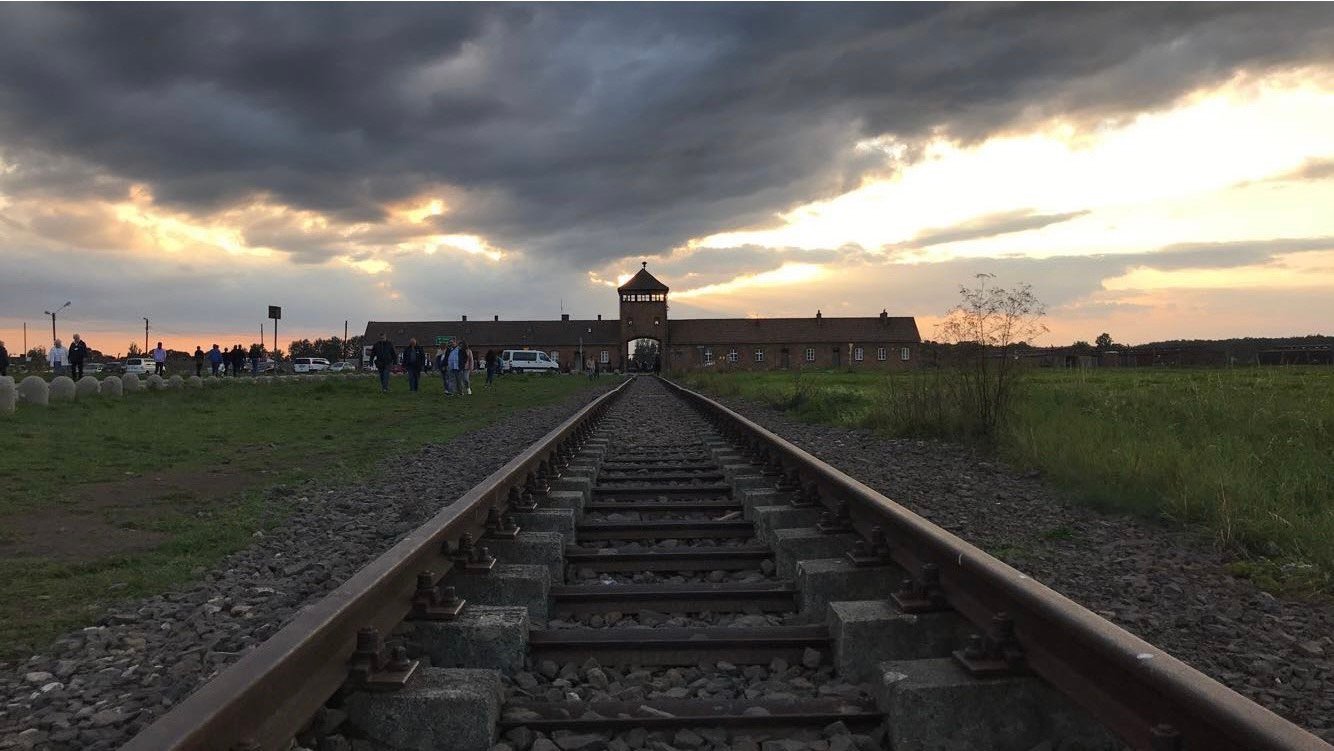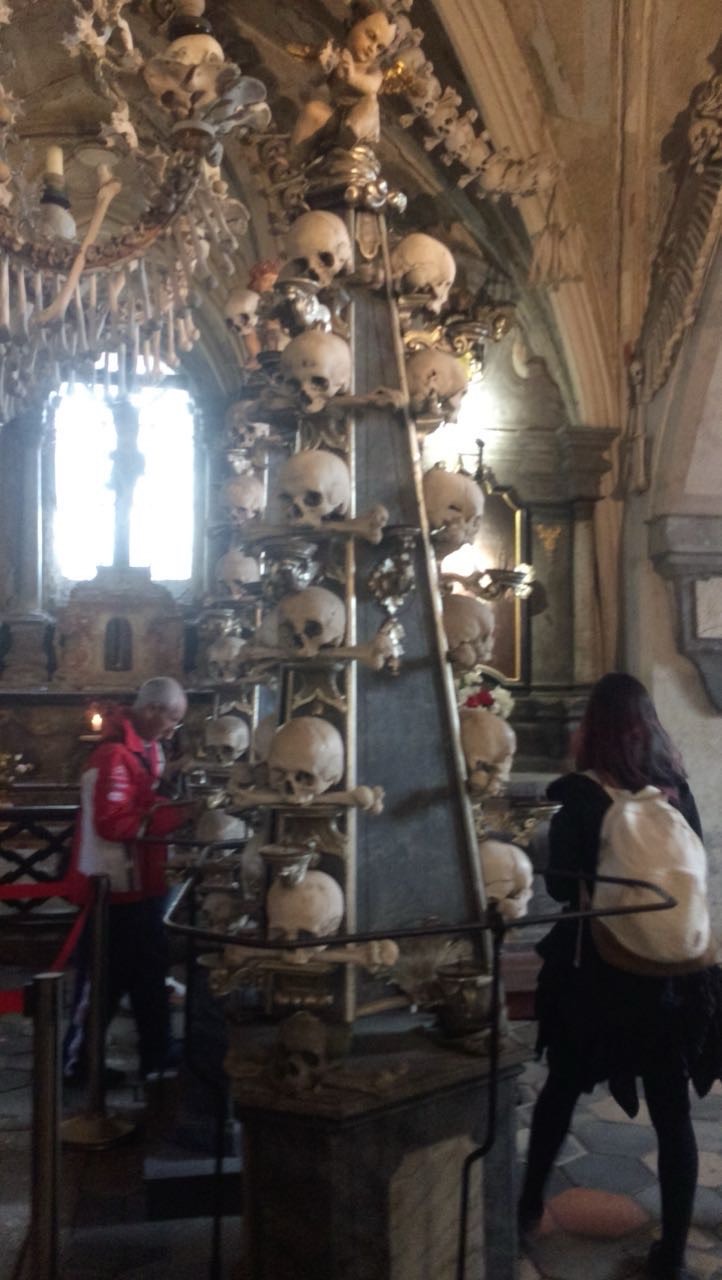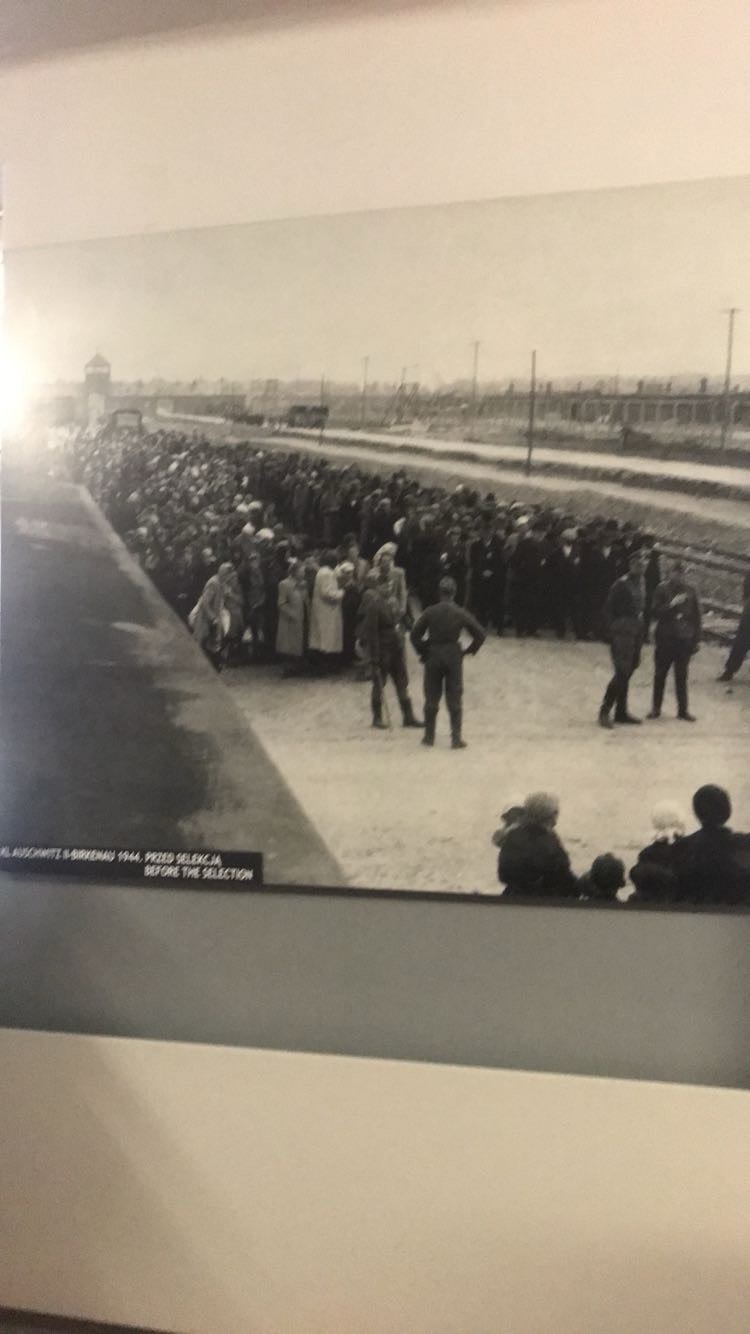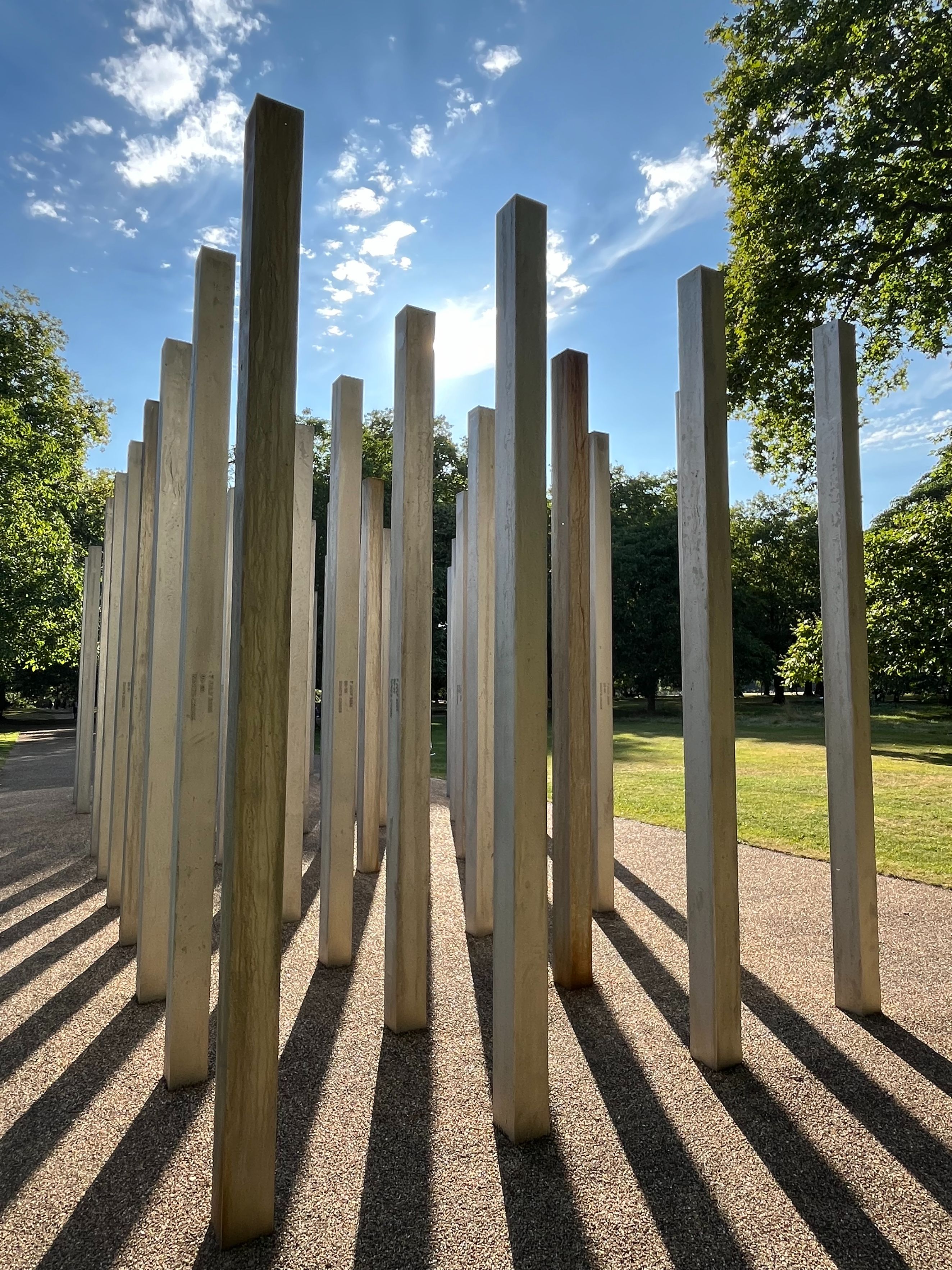The Lack of Respect towards Heritage Sites

In a world now influenced by social media, people are wanting to photograph everything from their dinner to where they are and what they are doing. This has transpired to people wanting to get a picture as evidence to show and boast about them being at a site of death and tragedy. However, the photos and behaviours of some visitors are not always deemed respectful.
The lack of consideration given to those who have died and been memorialised is something I have personally witnessed myself when visiting sites and is one of the things that most frustrates me. During my time as a student at the University of Northampton, I explored the challenges that historically significant places encounter, such as damage from increase in tourism numbers and issues of authenticity. However I didn't consider that visitor behaviour was a problem until I witnessed it myself.

I first witnessed this when my partner and I was visiting the Sedlec Ossuary in Kutná Hora, Czech Republic. The Sedlec Ossuary is truly an astonishing place to visit, with between 40,000 – 70,000 bones artistically arranged. I understand why tourists photograph this place, however what I didn’t understand is why a woman thought that it was okay for her partner to take a photograph of her licking one of the skulls of the four podiums. A few people saw this and seemed to think the same as me that it was really inappropriate and disrespectful, I remember the tour guide talking to her and her boyfriend about their behaviour. If these were models of skulls, I could maybe understand, but since these were actual human skulls dug up from the church's graveyard, I thought it was disrespectful to the tour guide, those on the tour and the deceased. I recall that for the remainder of the tour, a small number of the participants gave them both, shall we say, unpleasant looks.

While on a tour at Auschwitz-Birkenau in Poland, my partner and I witnessed another incident. We were coming to the end of our tour; granted, it was a lengthy one, but I don't suppose a couple gave it much thought when they sat down to rest their legs on the railway lines of Birkenua Camp.
Even though this might not be as appalling as some of the pictures I've seen of individuals balancing on the railway tracks, I believe the pair didn't give much consideration to those who were basically transported to their death. Additionally, I believe it was extremely insulting to our tour guide, who was telling us how the camp would have looked and how people were treated once they arrived.
When you take a tour like this, you are likely aware that it will be lengthy and involve a lot of walking. At this point, you should decide if you are physically capable of participating in such a tour.

More recently, my partner and I was in London visiting the 7/7 Memorial in Hyde Park, when we witnessed a couple allowing their child to bounce his ball between the pillars of the memorial. While the parents may not have known what the memorial is for it is clearly a memorial and not play area. I acknowledge that the child is unaware of this, but it is down to parents to take responsibility and say something to children. The parents, on the other hand, laughed and smiled at their child's actions. This really irritated me, and I almost said something, but made the decision to walk away. Even if you are unaware of the significance of a memorial everyone knows that a memorial is meant to honour the memory of a life or an event and should be respected when visited.
In my opinion, if someone can’t take account for their actions then the responsible person should in convene and explain to the person why their behaviour is inappropriate. Furthermore, I believe that before deciding to take a tour, you should carry out research to find out how long it will last and what to expect. This will help you determine whether you are physically and mentally capable of showing respect for the duration of the trip. I also understand that individuals want to take photos as proof they have been at a site, however I think it is important to consider how you are presenting yourself when taking photos at sites of death, suffering and tragedy.
